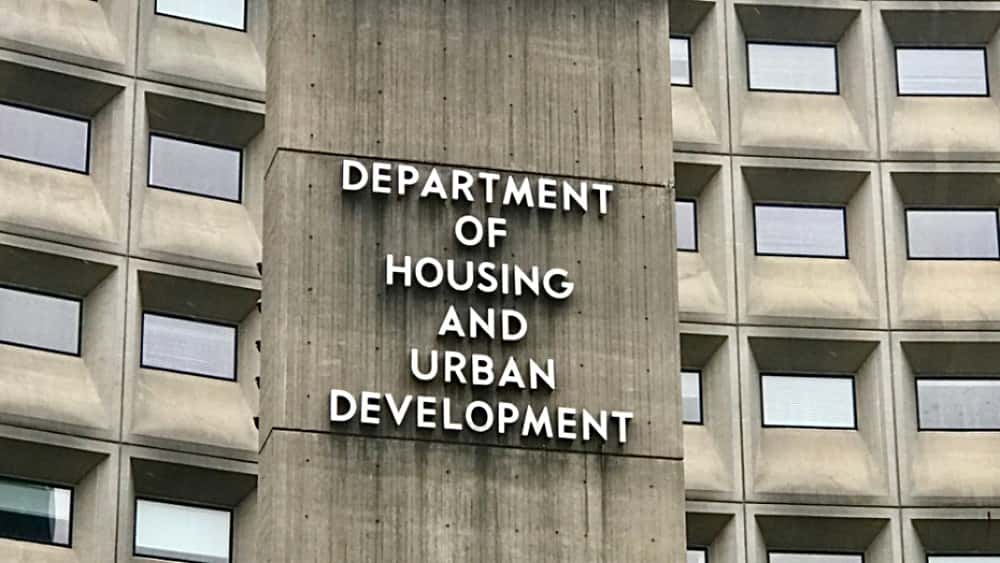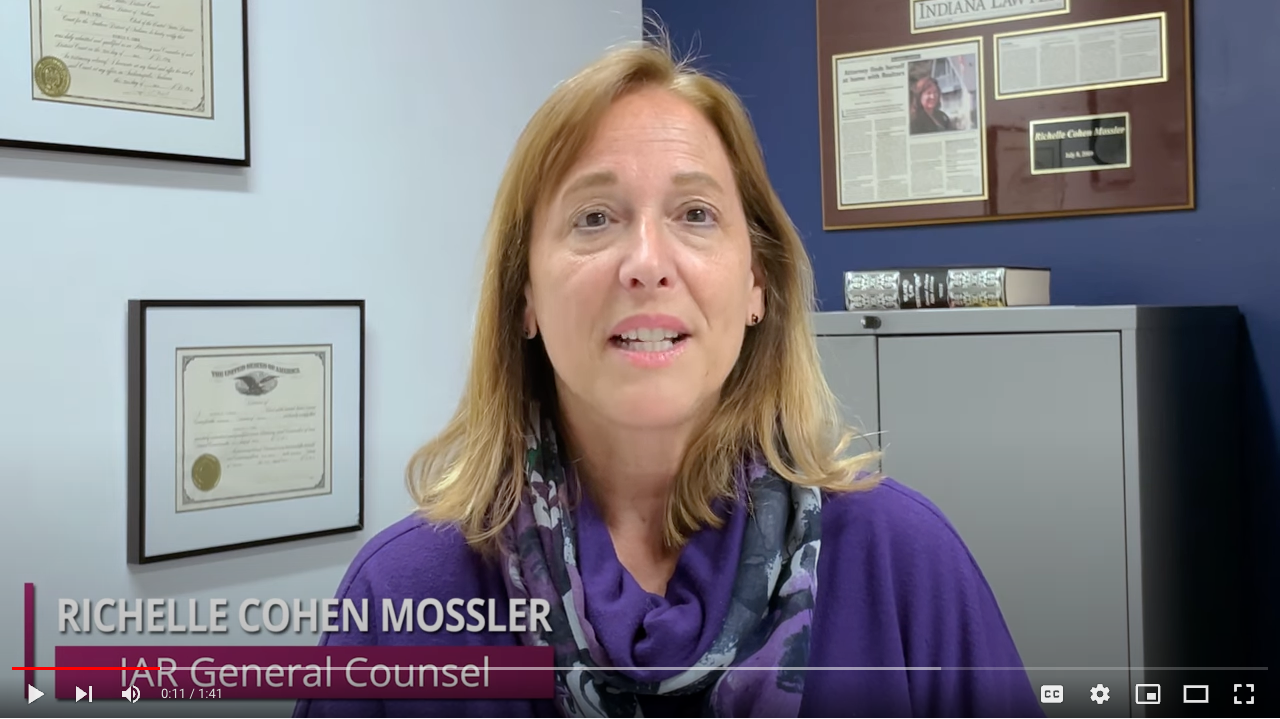
New Residential Construction Stats
August 20, 2019
The Evolution Toward Better Service Continues: Class-Action Suit Over Buyer’s Rep Compensation: Update + Ask
May 17, 2022Source: Judgment for sign company in digital billboard fight reversed – The Indiana Lawyer
This was an appeal by Metropolitan Development Commission (MDC) from the trial court’s order granting a summary judgment in favor of Worth Outdoor, LLC (Worth) on MDC’s complaint for building ordinance violations.
Worth made certain structural changes to one of its existing double faced billboards on Pendleton Pike in Lawrence in 2015 that involved a conversion of one face from a static display to a digital display; but since then, some applicable ordiances were amended and the billboard failed compliance.
Worth’s defense to the MDC’s complaint was that Worth’s improvements were essentially “grandfathered” because it was a legally established nonconforming use. The Court of Appeals of Indiana found that it was not because it had not complied with all ordinances in effect at the time of it’s original construction.
Although Worth procured a Sign Permit for an Advertising Sign from MDC and a building permit from Lawrence in 2009 for the original static displays, and permission from the Indiana Department of transportation (INDOT) and permits from the City of Lawrence for the digital conversion in 2015, it did not obtain an Improvement Location Permit (ILP) from MDC to modify the billboard.
During this effort from 2013 through November 2015, the following zoning ordinances were in effect: Chapter 730-300 that required obtaining an ILP and Chapter 734 that also required a second ILP and a ban on digital signs in C-3 districts.
Meanwhile, Chapter 734 was the subject of litigation in the Southern District of Indiana as to its constitutionality. In May of 2016, the District Court found it to be unconstitutional because it violated the First Amendment of the United States Constitution (Geft Decision).
August 2017, MDC filed its lawsuit against Worth for operating an unpermitted billboard sign and failing to obtain an ILP before making the digital improvements to the display. Worth countered that Geft invalidated this ordinance and thus the requirement for the ILP.
Worth moved for summary judgment and the trial court granted the motion in October 2018. MDC appealed. The appellate court reversed and remanded for trial.
Although this appeal was for whether summary judgment was appropriate, there are some key lessons to be learned from the appellate court’s rationale. And these remain true even though the ordinances seemed to have since changed again, and in reality, continue to do in many areas with some frequency.
The court found that grandfathering cannot apply unless the structure was originally built in conformance with the Zoning Ordinance at that time and done for uses permitted then too. Although Chapter 734 was found unconstitutional, Chapter 730 was not, and it required in relevant part:
“No structure shall be located, erected, altered or repaired upon any land within Marion County, Indiana, until an [ILP] has been applied for by the owner (or authorized agent) thereof and issued by the [MDC].”
Structure is defined very broadly in the Revised Code and specifically includes signs and whether they are new or altered or repaired. Regardless, getting an ILP was required and that failure disqualified it from being grandfathered because it was not built in conformance with the Zoning Ordinance at the time.
And even worse, since it now didn’t lawfully exist, Worth couldn’t claim that it had vested rights in the billboard pursuant to Ind. Code § 36-7-4-1109(c) becuase the lack of an ILP constituted an incomplete application to overall permitting process. As such, the billboard is subject to the current ordinances and the appellate court found that summary judgment should not have been granted in Worth’s favor. So, barring settlement, litigation will continue.
To read the actual decision, please click here.
So, given the changing tide of ordinances, and aside from the more volatile perspective whether this type of regulation is of value, how could have Worth avoided this debacle?
First, when planning any type of project, several preliminary online searches and calls should be made to determine what various governmental agencies or other organizations may have some authority over the project. Your search should include both private and governmental resources.
Private resources may include experienced architects, designers, engineers, general contractors, homebuilders, remodelers specialty trade contractors in particular for certain types of structures, repairs or alterations, material suppliers, and of course real estate brokers/REALTORS, zoning consultants, title agents, and real estate and construction lawyers.
For governmental agencies or other regulating bodies, think small to big.
Are there any deed restrictions or easements specific to the project’s real estate?
Any homeowner association covenants, conditions, and restrictions?
Any commercial or historic district restrictions?
Any township or parrish-level rules?
Municipal regulations?
County regulations?
State regulations?
Regional controls?
Federal regulations?
International considerations?
Really?
Don’t laugh! Regulation is growing and ever-more stifling.
Unfortunately, this is not an exact science, so seek some balance in your approach. Be open, aware and don’t entirely rely on the advice of any one advisor. Seek multiple opinions from various disciplines. There is too much complexity in modern regulation, design and technical possibilities for any one person to know it all.
As such, always be alert and prepared, in even preparation for the simplest projects. The more complex or expensive the project, the more research and calls you should make and the greater expertise you should seek. It’s really nothing more than the old Benjamin Franklin axiom: “an ounce of prevention is worth a pound of cure.”
Note: The views expressed are solely the opinion of the author.
Video/Image source: pexels.com
Source: Dave Stafford at The Indiana Lawyer, The Court of Appeals of Indiana.

